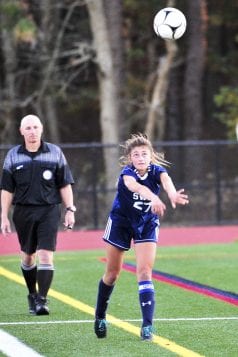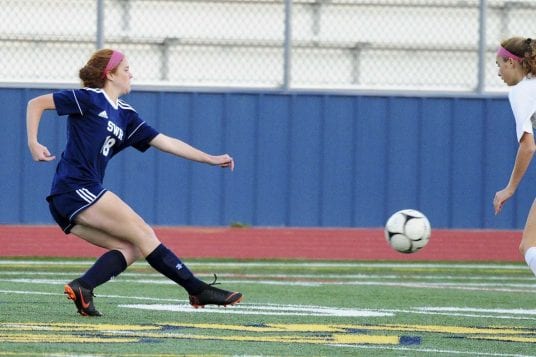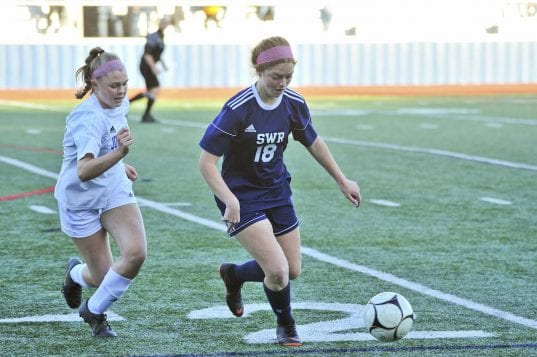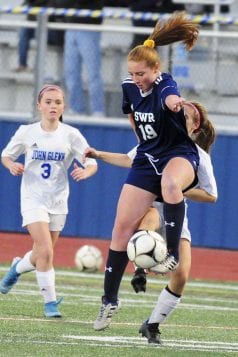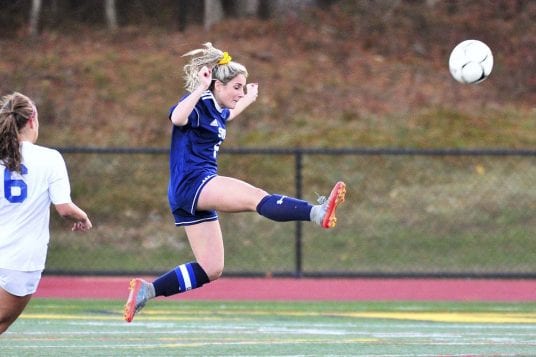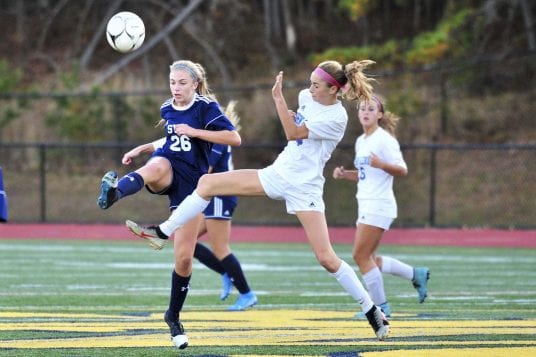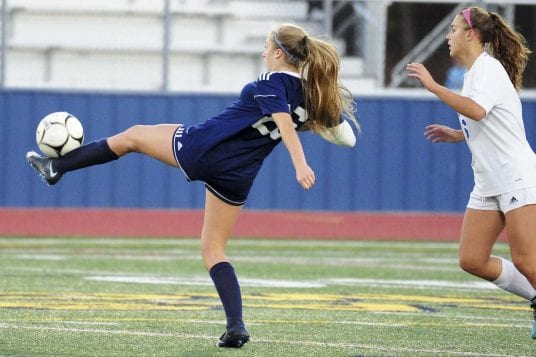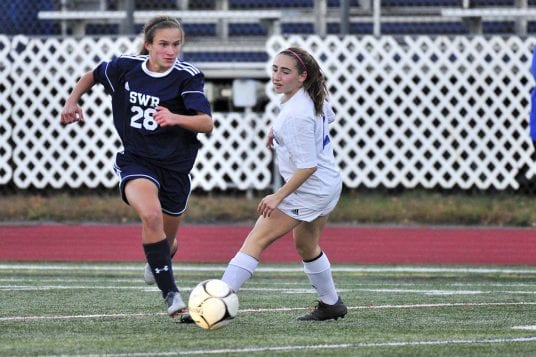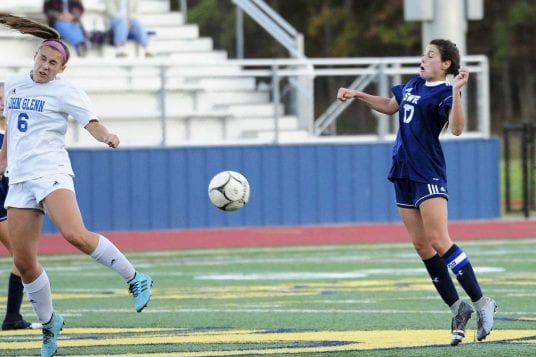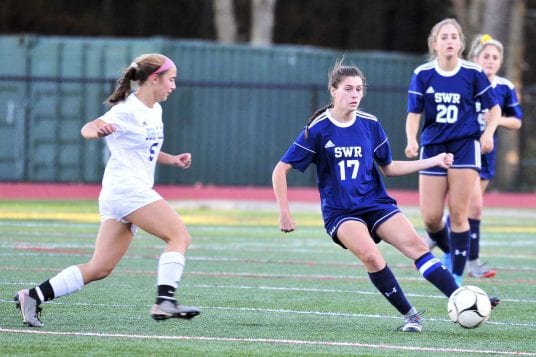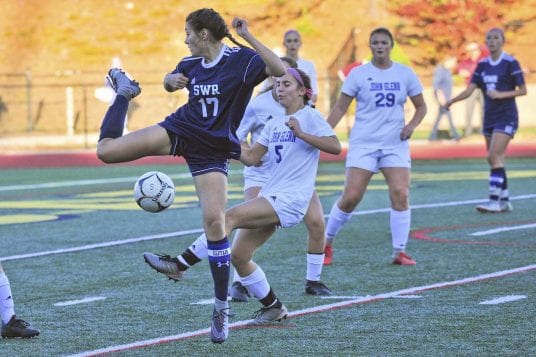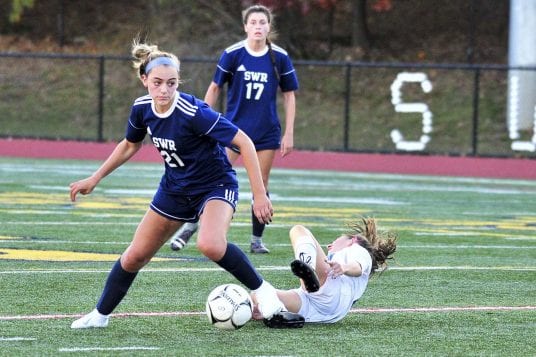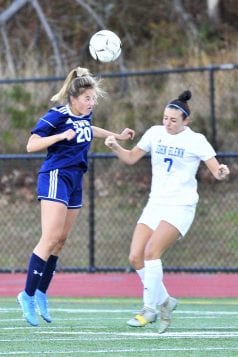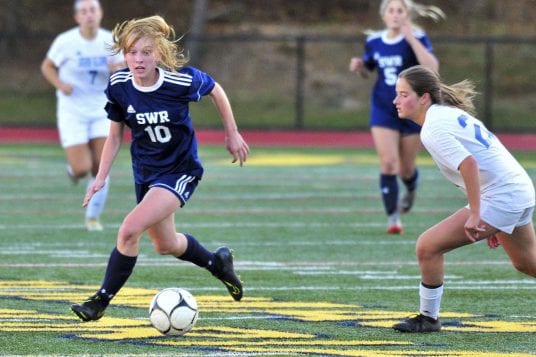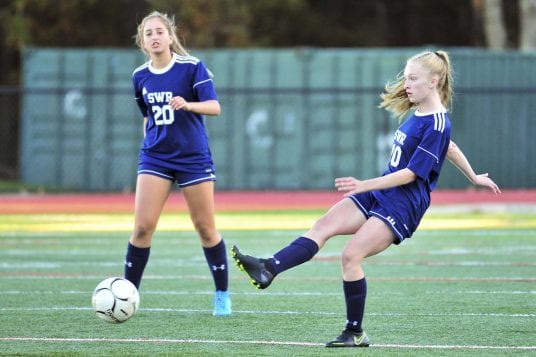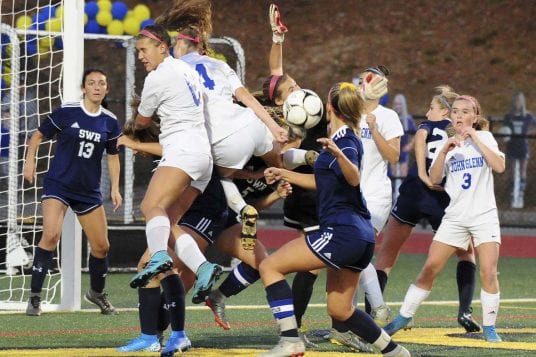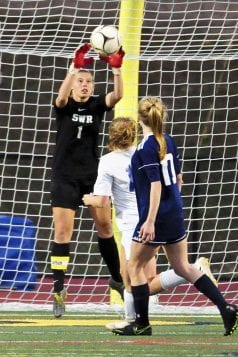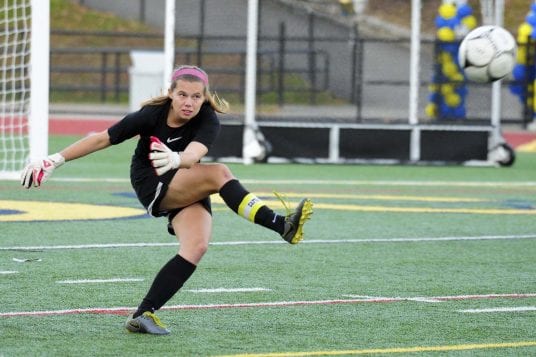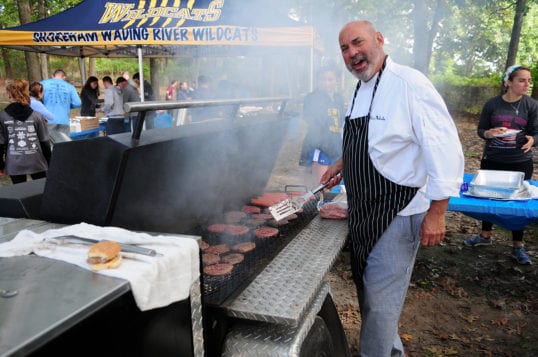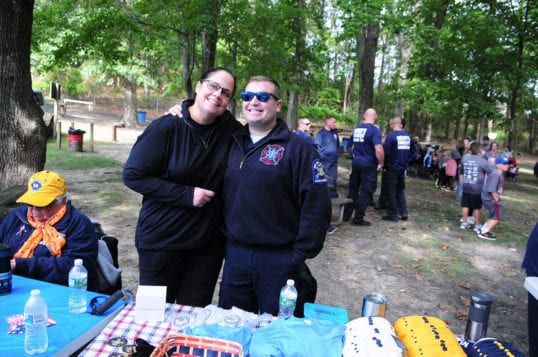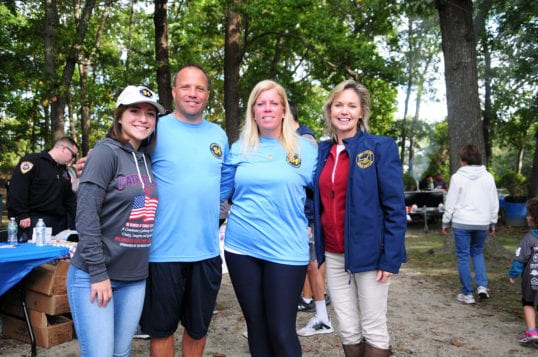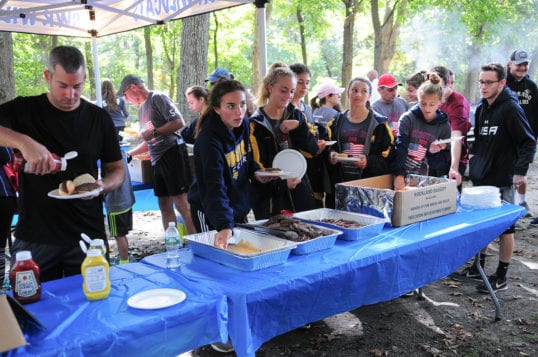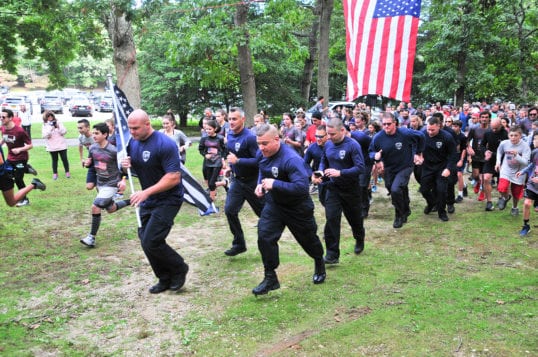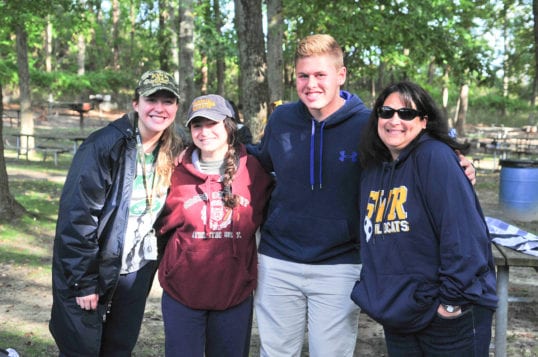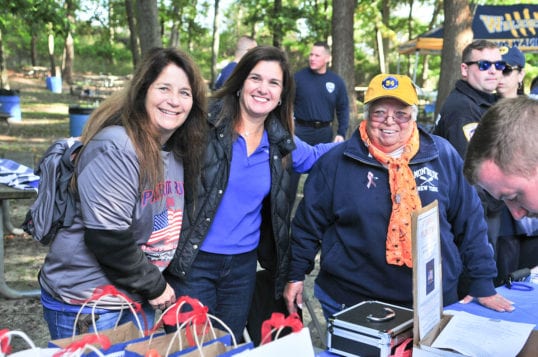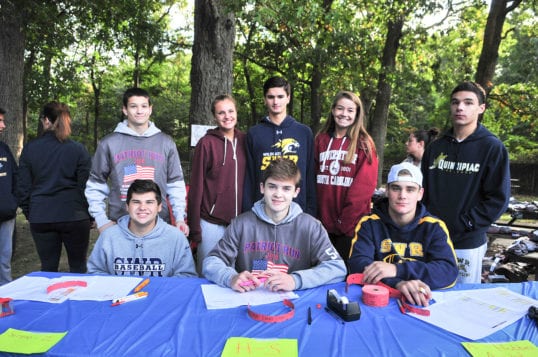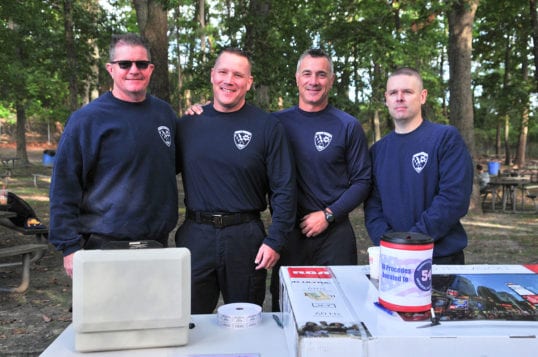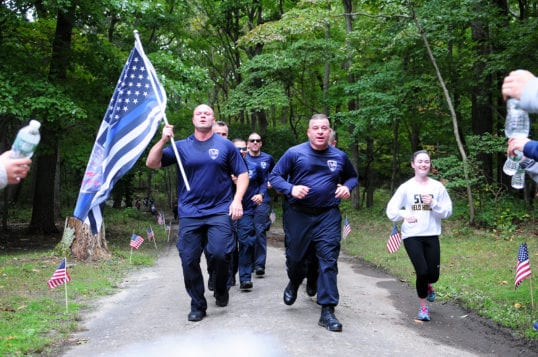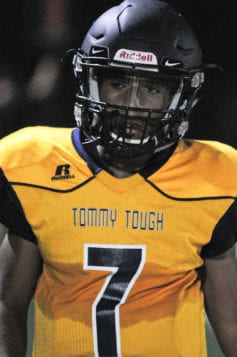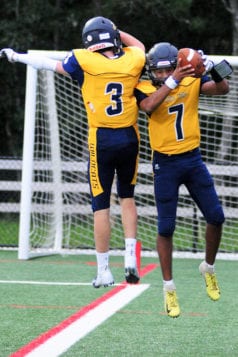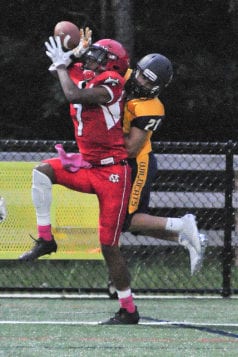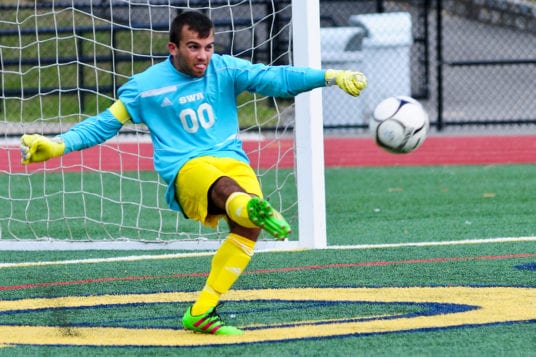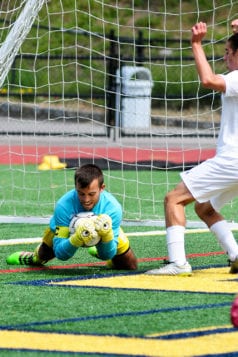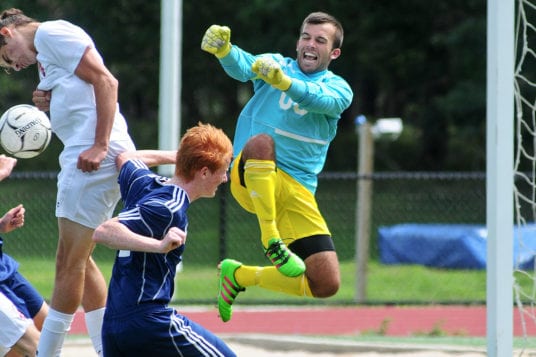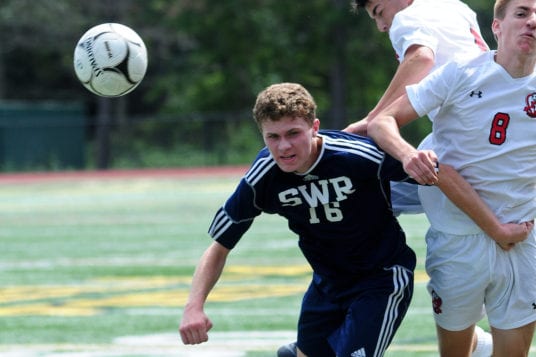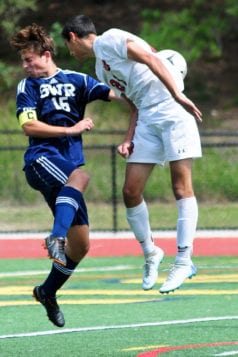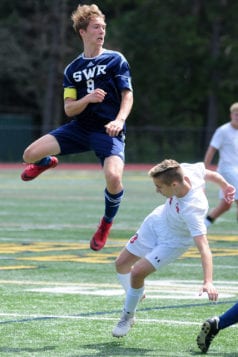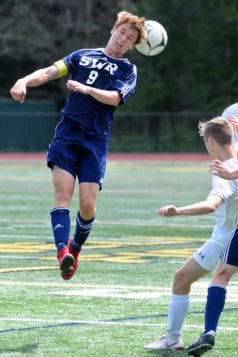It was months before the start of the crisis, and the editors of the Wildcat Pause school newspaper at Shoreham-Wading River High School were anticipating the school year’s end and the annual senior issue. Last year, printing troubles resulted in only a few copies getting published. This year was supposed to be different.
‘I will miss the relationships I have created with teachers and peers. Some of us went to kindergarten together, so it’s not easy to recreate the same type of relationship.’
—Brianna Cohen
Quoted in SWR 2020 senior issue
Then the pandemic happened. The schools were closed. Students started learning at a distance online, and for the editors of the Pause, a new concern popped into their heads. What would happen to the senior issue, the one supposed to cap off both their and their fellow student’s final year?
“It became obvious that we needed to have it ready,” said high school journalism teacher Jean Branna. The newspaper is planned to be available online and will be printed in time to be handed out alongside the yearbook.
What became apparent to both the teacher and school newspaper editors was this senior issue, the last of their K-12 careers, would mark a defining moment for so many of their classmates. What they were experiencing was historic, a disruption to traditional schooling not seen in more than a century.
It was a marking point for a graduating class which editors said has become tight knit through adversity, such as the students who came together in the 2018 high school walkouts, protesting gun violence in schools after the Marjory Stoneman Douglas High School shooting in Parkland, Florida.
“The senior class is very close, we went through a lot of stuff in the past several years,” said Heather Tepper, co-editor-in-chief of the Pause. “To see the last three years taken away from a lot of people, you really see them react with deprivation and disappointment.”
Tepper, along with co-editor-in-chief Sasha Medvedeva, SWR senior John Basile and Branna have taken to the task of producing the senior issue come hell or high water.
Of course, nothing comes easy, especially in a crisis. The school newspaper crew is unable to use Adobe InDesign from home, as Branna said the program does not meet the data privacy and security requirements by state law. Instead, thanks to the technical expertise of Basile, the editors have started laying out using Google Docs. Normally just a tool for straight text formats, using tables and cells the students have learned to format the papers, despite limitations of the program.
The fact the students and teacher have had only three weeks to put together issue meant some long hours compiling pictures and senior comments, then laying everything out. Tepper said there was one night she logged on to see Branna was still working on a page at around 11:30 p.m. She told her teacher to “go get some sleep.”
Doing this project, she said, is as much for the students as it is to show appreciation for her teacher.
‘Be yourself and don’t sweat the small stuff. The years go by way too quickly to worry about the little things, and one day you’ll look back on those things and realize how stupid they were. Also, be yourself and never change for anyone because you’re happiest when you’re you.’
— Mike Casazza
Quoted in SWR 2020 senior issue
“Branna is so invested with journalism in general, she’s so into her work, and I felt like I wanted to go out with a bang,” Tepper said.
But the hours have been worth it, as students from the journalism class take in the massive number of quotes from seniors. In previous years, when student-journalists would get comments from seniors wandering the halls, comments had been terse or simple platitudes. Now, while students are forced online, seniors became more verbose. To read some of their quotes is to understand the mindset of those graduating seniors, hurtling themselves into the many unknowns the pandemic has produced.
“I’ve learned about how their friendships, their experiences have changed with other people,” Medvedeva said.
The senior was planning to attend Binghamton University to study neuroscience, but she still does not know if the college will even have a fall semester, or what shape it will take. Tepper was set to go to the Fashion Institute of Technology in Manhattan and study advertising with a goal of going into public relations. Similar to her fellow editor, she also does not know what the future may bring. It is possibly the most daunting and most uncertain time for a person to graduate since the 2008 financial collapse.
Though in writing the senior issue’s editorial, co-written by both editors, what became clear was just what this issue of the Wildcat Pause meant to the graduating students. Medvedeva in hearing some of the anecdotes from seniors has “learned about their friendships with other seniors, of how some experiences throughout their high school career have changed them. It has just warmed my heart to hear those.”
Tepper, who shared in her fellow seniors’ anxieties over the future, added this Pause issue may memorialize the shared experiences of her classmates.
“I still think there’s something to celebrate, as things were taken away from us,” she said. “I think that given the unfortunate circumstances, we can appreciate what we had even more.”






